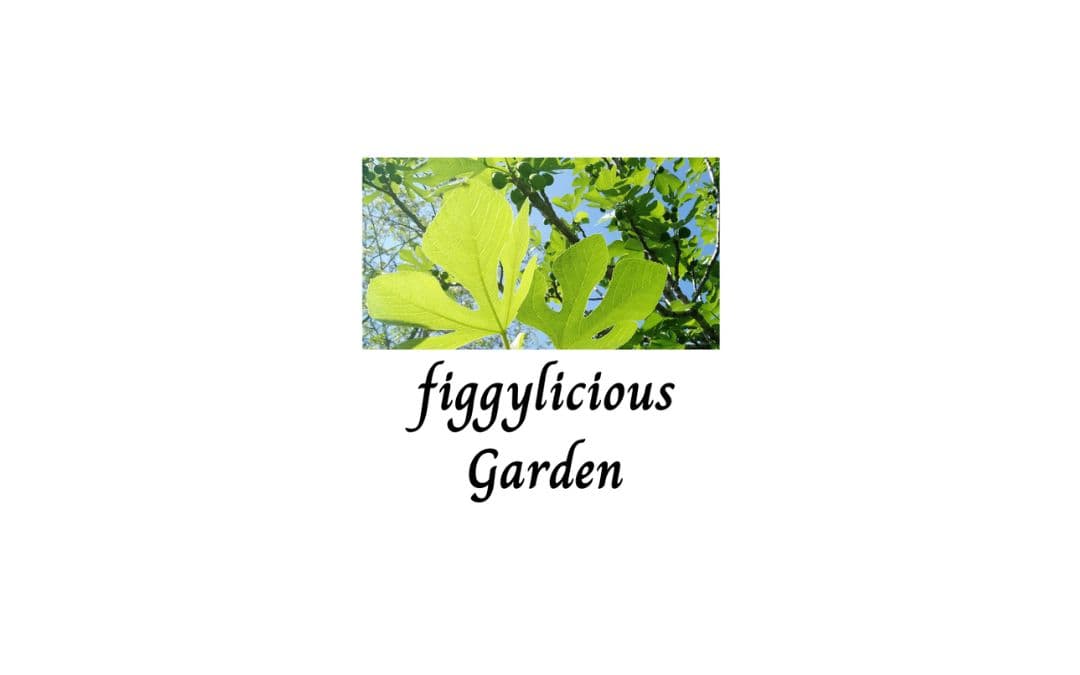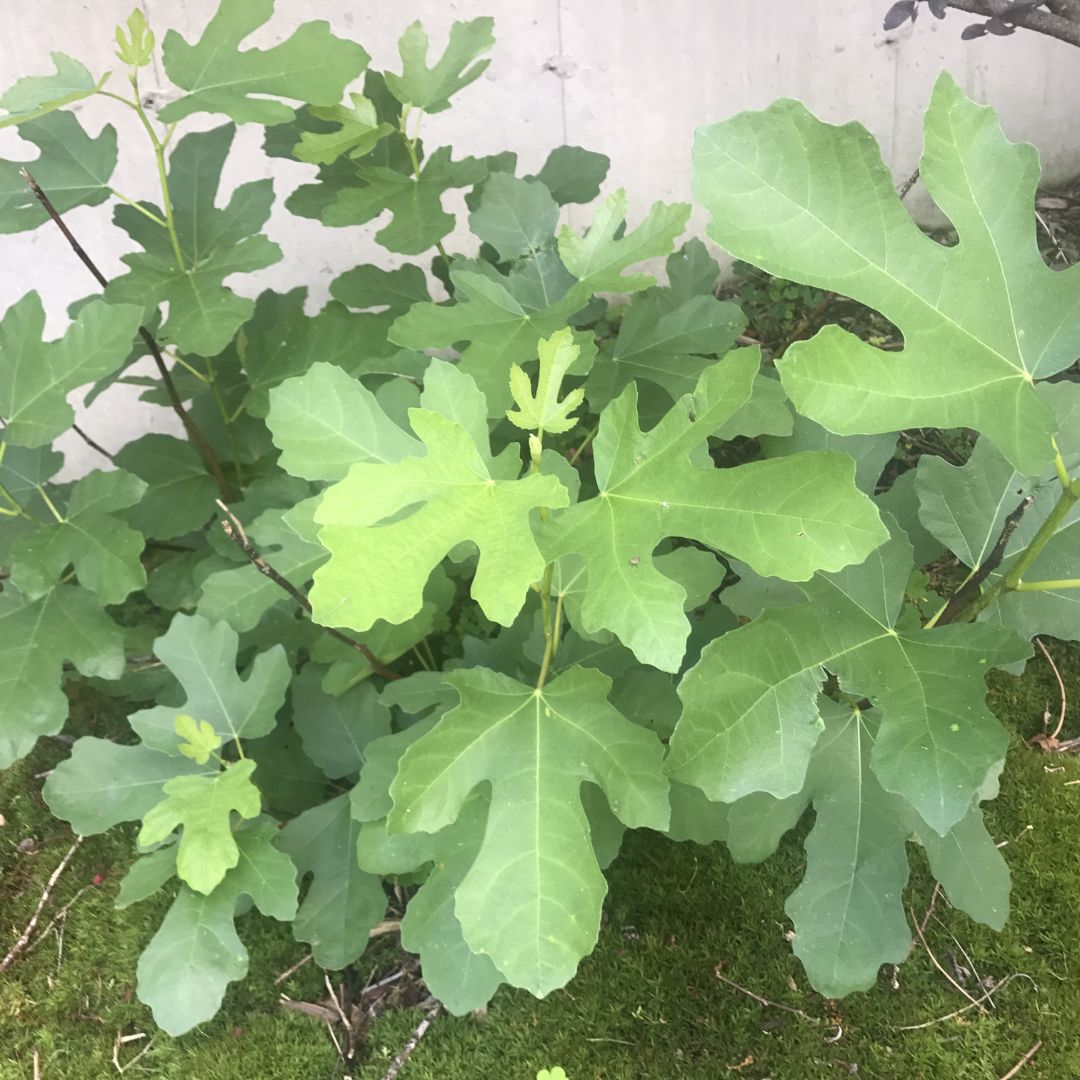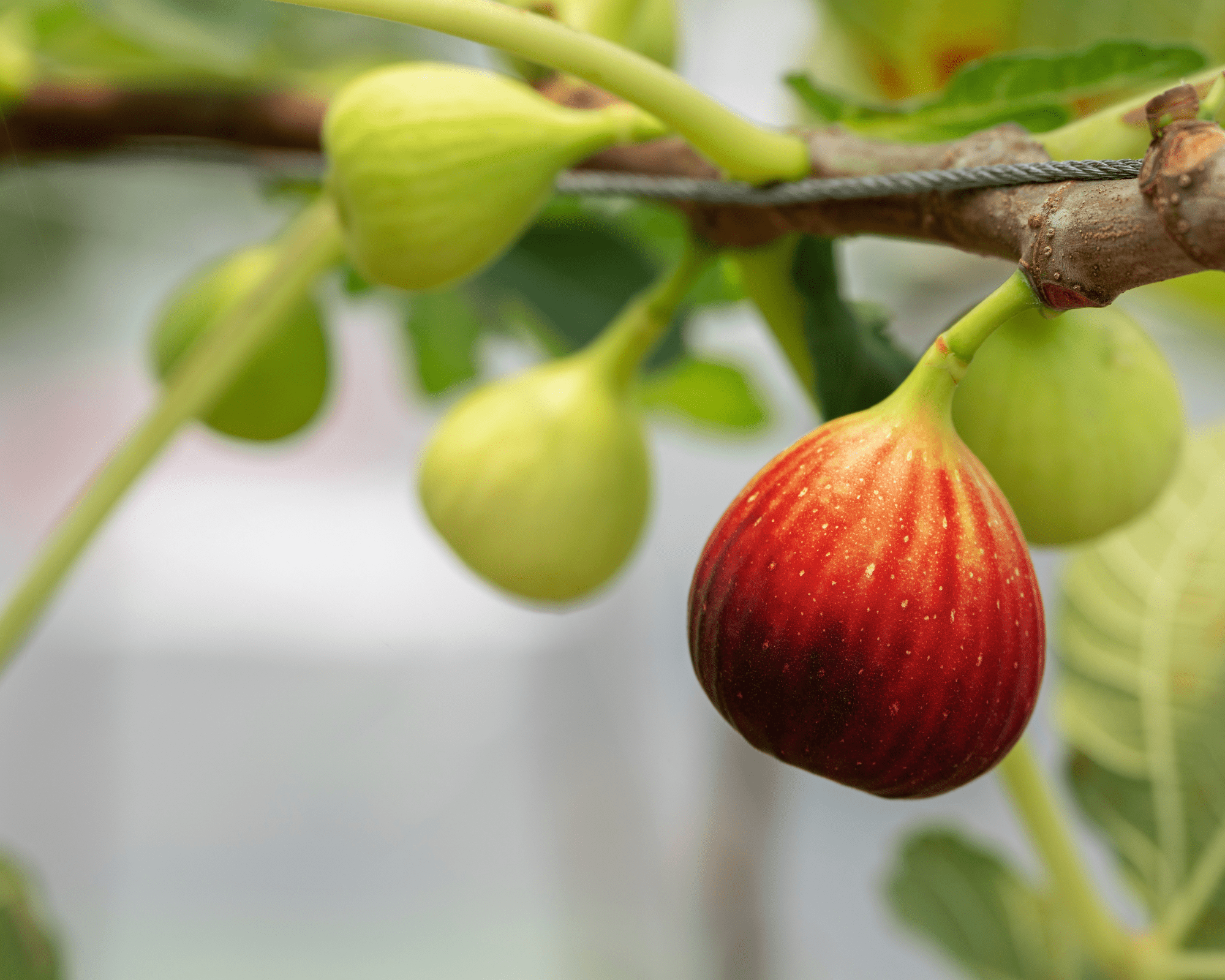Please read the full disclosure for more info. 💚
Fig trees are an excellent addition to any sustainable garden. They align perfectly with the principles of low-waste gardening by being low-maintenance, resource-efficient, and productive year after year. Over time, I’ve come to realize just how much these trees contribute to a more sustainable way of growing food and managing waste.
Low Water Usage
Fig trees planted inground are incredibly water-wise once they are established. They don’t require frequent watering, unlike other fruit trees that need constant irrigation. The deep roots of the fig tree allow it to access water deep in the soil, making it more drought-tolerant and reducing the need for regular water supply. By growing figs, I reduce my water consumption and lessen the strain on local water resources, which is especially important in areas experiencing droughts. But planting in pots is a different story.
Zero Waste: Composting and Mulching
Fig trees are not only valuable for their fruit, but they also contribute to my composting and mulching efforts. Fallen leaves, fruit, and even branches are excellent materials for compost. The organic matter from figs decomposes into rich, nutrient-dense compost that feeds the soil. This compost can be used to enrich the soil in my garden, creating a sustainable cycle where nothing goes to waste. The leaves, when shredded, also make an excellent mulch that helps retain moisture in the soil and prevents weeds from growing.
Edible and Preservable Harvest
The fig tree’s edible fruit is a major contributor to my low-waste garden. Figs can be eaten fresh, dried, or turned into preserves like jams and jellies. The fruit is nutrient-dense, meaning I get a high return on the effort I put into cultivating them. Rather than buying packaged fruit from the store, I harvest figs and preserve them for use throughout the year. This not only cuts down on packaging waste but also reduces the carbon footprint associated with transporting fruits over long distances.
Natural Pest Control
By planting fig trees, I’ve reduced the need for chemical pesticides in my garden. Fig trees attract beneficial insects that naturally keep pests in check. Predatory insects like ladybugs, lacewings, and spiders thrive in the presence of figs, which helps manage garden pests such as aphids, mealybugs, and scale. This means I can maintain a healthy, chemical-free garden where beneficial insects do the work for me, ensuring a healthier ecosystem.
No Need for Synthetic Fertilizers
Fertilizing fig trees is often unnecessary because they thrive on the organic matter added to the soil. With regular composting and mulching, my fig trees have all the nutrients they need to grow strong and healthy. By using natural methods to feed my plants, I avoid the environmental impact of synthetic fertilizers, which can pollute the soil and water supply. This creates a more sustainable gardening practice that nurtures the earth rather than harming it.
In conclusion, fig trees are an invaluable asset to any sustainable garden. They support low-waste practices, conserve water, reduce the need for fertilizers and pesticides, and provide abundant fruit year after year. Growing figs has become a key part of my commitment to creating a more eco-friendly and self-sufficient garden, and I encourage everyone to consider adding these remarkable trees to their own gardens. And for the final day, Read here!🌱


